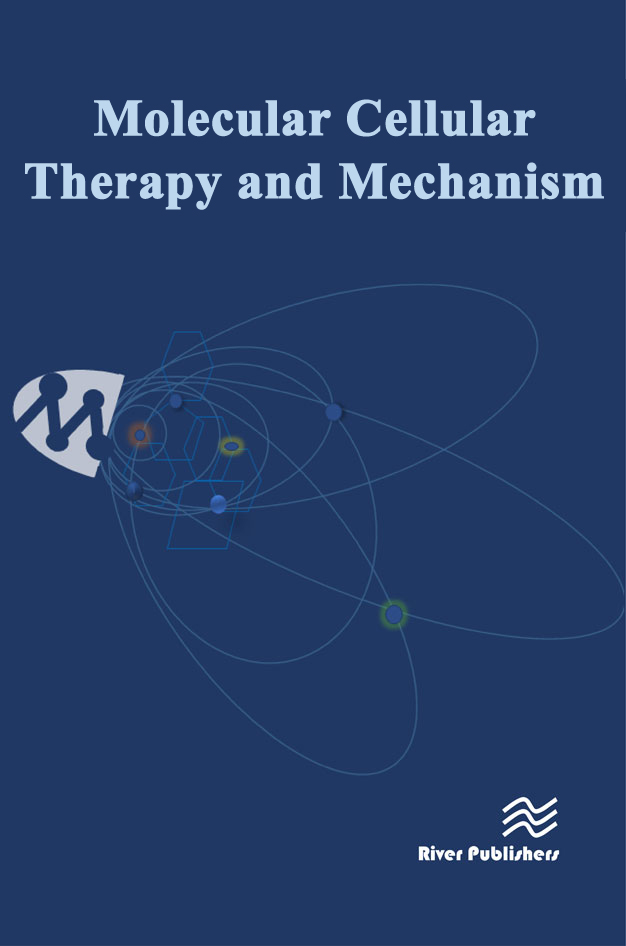The macrophage: a therapeutic target in HIV-1 infection
DOI:
https://doi.org/10.13052/2052-8426-2-10Keywords:
HIV-1, Macrophages, Nef, Tat, Vpr, Antiretroviral therapy, LatencyAbstract
Human immunodeficiency virus (HIV) is still a serious global health concern responsible for more than 25 million
deaths in last three decades. More than 34 million people are living with HIV infection. Macrophages and CD4+
T cells are the principal targets of HIV-1. The pathogenesis of HIV-1 takes different routes in macrophages and CD4+
T cells. Macrophages are resistant to the cytopathic effect of HIV-1 and produce virus for longer periods of time.
In addition, macrophages being present in every organ system thus can disseminate virus to the different anatomical
sites leading to the formation of viral sanctuaries. Complete cure of HIV-1 needs better understanding of viral
pathogenesis in these reservoirs and implementation of knowledge into robust therapeutic products. In this review
we will focus on the unique relationship between HIV-1 and macrophages. Furthermore, we will describe how
successful antiretroviral therapy (ART) is in suppressing HIV and novel molecular and cellular strategies against HIV-1
in macrophages.


